While do-it-yourself projects can be fun and fulfilling, there is always a potential for personal injury or property damage. We strongly suggest that any project beyond your abilities be left to licensed professionals such as electricians, plumbers, and carpenters. Any action you take upon the information on this website is strictly at your own risk, and we assume no responsibility or liability for the contents of this article.
How to Keep Bats Out of the House
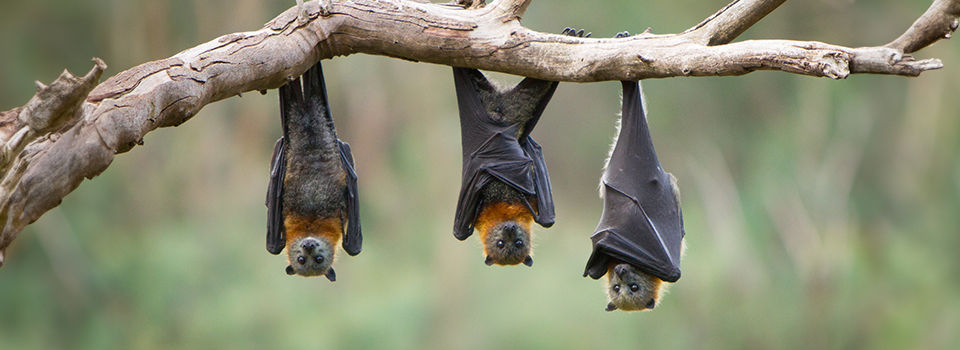
Are bats causing a flutter in your home? Fear not! This guide will walk you through the process of safely removing bats from your living space and ensuring they don't return, all while prioritizing your safety.
Understanding Bats
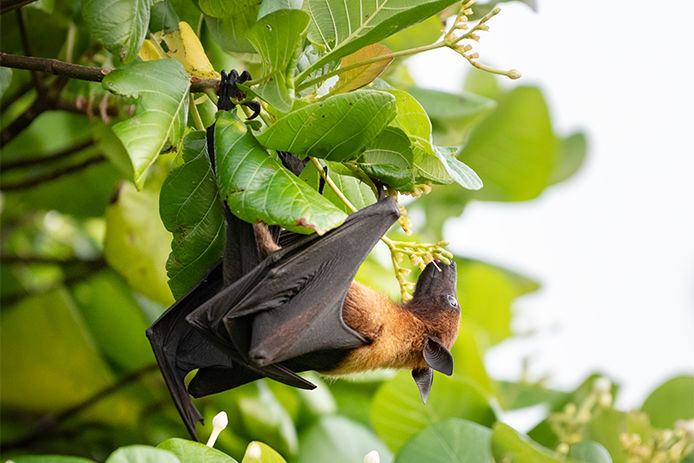
Bats are remarkable creatures that contribute to the ecosystem by feasting on bothersome insects. Did you know that they can consume thousands of mosquitoes in a single night? Unlike some common beliefs, bats have no interest in attacking humans or getting tangled in your hair. They are gentle and beneficial creatures; however, once in the home, their waste can become a big problem.
Signs of Bat Infestation
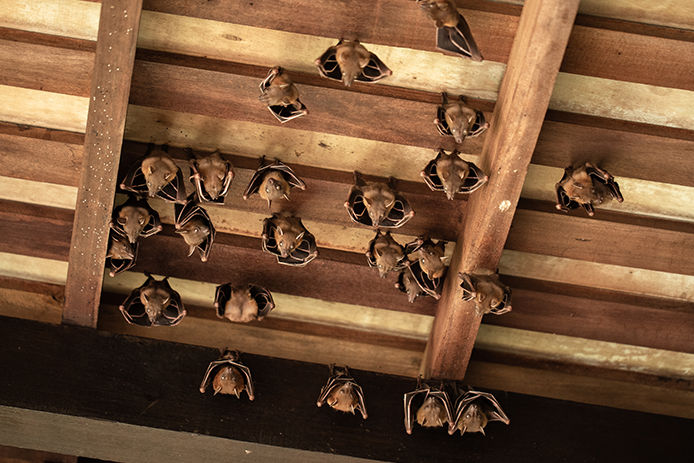
It’s important to make sure you are truly dealing with a bat before getting started. Keep an eye and ear out for these signs:
- Scratching noises, especially during twilight hours when bats are most active
- Unusual odors
- Guano, also known as bat droppings that look like small elongated pellets
If you spot any of these signs, it's time to take action!
The Bat Removal Process
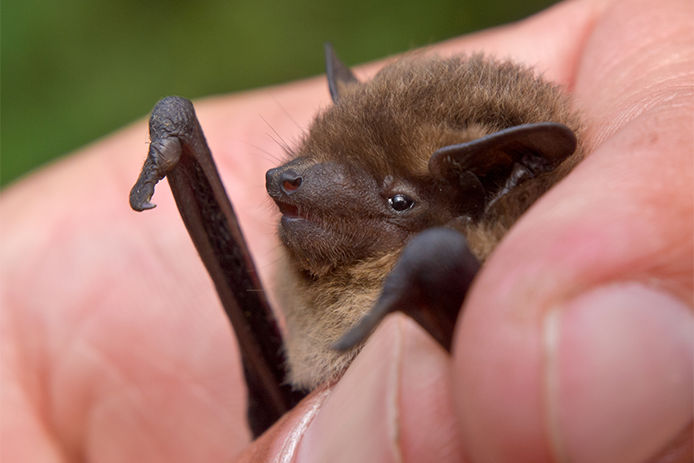
Ensuring safety is paramount during bat removal. If you do not feel equipped to handle the situation by yourself, it's best to call a certified wildlife removal specialist. These experts possess the knowledge and experience to safely remove bats while safeguarding their well-being. It's also important to note that bats are protected in many regions, so be sure to check on your local laws and regulations. While best performed by a wildlife removal specialist, here are some basic steps used to remove bats that have entered the home:
- Inspection: Determine the severity of the infestation, identify entry points, and determine the best course of action
- Removal: Relocate the bat with an exclusion device, such as a one-way door or funnel cone, which allows the bat to exit the area freely while preventing them to re-enter the home
- Sealant: Once the bats have been removed, seal the point of entry with an appropriate sealant or caulk.
Remember, attempting to remove bats on your own without proper training and equipment can be risky and may harm both you and the bats. It's best to rely on the expertise of certified wildlife removal specialists who have the knowledge and experience to handle bat removal effectively and safely.
Bat-Proofing Your Home
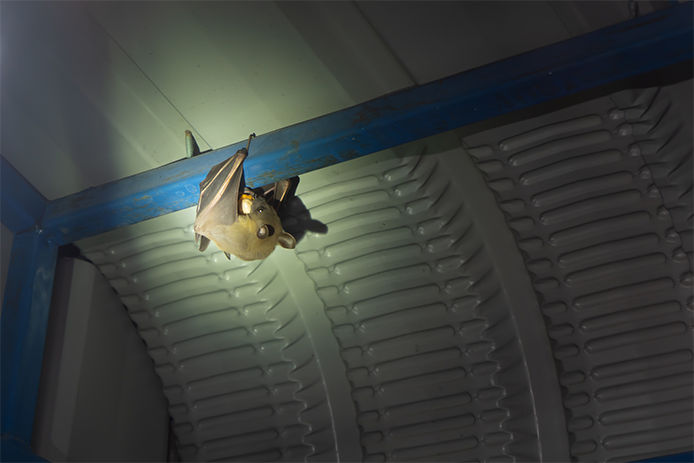
To prevent bats from returning, you need to bat-proof your home. Start by thoroughly inspecting your property for additional entry points. Cracks, gaps, and vents are common culprits that bats exploit. Seal these openings using materials like caulk or weatherstripping to ensure a tight seal. Additionally, consider installing bat-friendly exclusion devices, such as bat houses, to provide alternative roosting spots away from your living space. Don't forget to pay attention to common entry areas like attics and chimneys, as these are favorite hangouts for bats.
Ensuring Safety during the Process
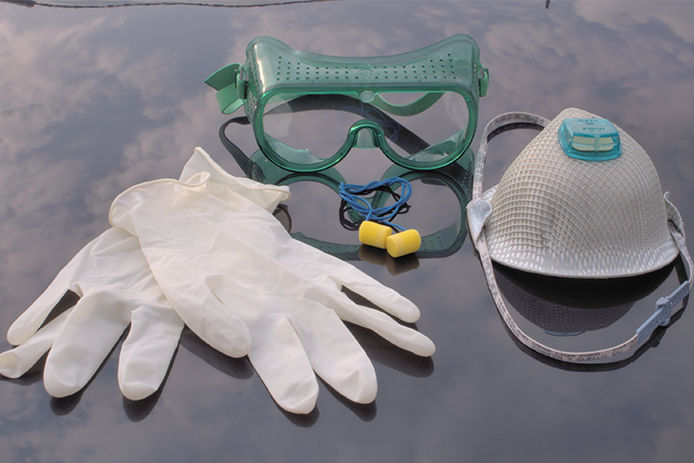
While bats are not aggressive creatures, their waste and droppings can be quite dangerous, so be sure always to take safety precautions. Proper protective gear is essential. Here are some recommendations:
- Protective Clothing
- Gloves
- Face Mask or Respirator
- Safety Goggles
- Shoe Covers or Disposable Shoe Protectors
Remember, while these safety measures are important, it's crucial to consult with professionals or local wildlife removal specialists for specific guidance tailored to your situation. They can provide detailed instructions on the safety gear and precautions necessary during bat removal.
Bat-Friendly Landscaping
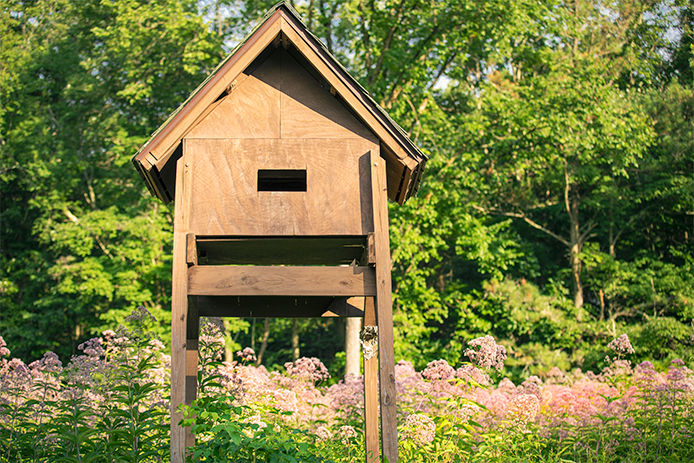
Creating a welcoming environment for bats in your yard is not only beneficial for them but also an enjoyable experience for you. Here are some tips to safely attract bats:
- Native Plants: Incorporate native plants in your landscaping, as they provide a natural food source for bats, attracting them to your yard.
- Water Sources: Set up a small pond or birdbath to provide a water source for bats. They will appreciate having a place to quench their thirst.
- Citizen Science Programs: Engage in citizen science bat monitoring programs to contribute to bat conservation efforts. These programs allow you to document bat activity and contribute valuable data to ongoing research.
With this guide, you're equipped to bid farewell to bats and restore peace to your home. Remember, bats are vital contributors to the ecosystem, and our goal is to coexist harmoniously with them. By following the steps for safe bat removal, bat-proofing your home, and creating a bat-friendly environment, you can ensure a brighter future for both you and these remarkable creatures!